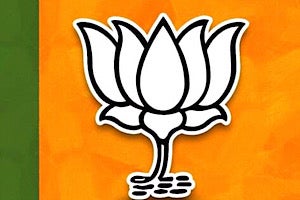Shifts in Policy Paradigm in India: Re-emergence of the Hindutva Agenda
S Narayan
20 February 2020The ideology of the Bharatiya Janata Party (BJP) has its roots in the Rashtriya Swayamsevak Sangh (RSS), which has put forward a notion of a nation committed to the values of Hindu practices (Sanskar). Initially conceptualised as a movement against the minority appeasement policies of the British colonial government, it emerged as a social movement to inculcate ancient Hindu morals and ethics among its members. The political arm, the Jan Sangh, which eventually became the BJP, could find little traction for the Hindutva movement in the face of the secular policies of the Jawaharlal Nehru and Indira Gandhi governments. It co-opted the landed class and the merchants in its quest for political power, and initial success came from this right of center approach rather than pushing for a Hindutva agenda. It was only after the Congress governments, post 1980, veered towards a policy of focusing on minority votes that BJP emerged as an alternative.
This paper argues that there have always been two strands to the BJP approach – one a pro development, market friendly approach and the other, a hardcore Hindu agenda. During the Atal Bihari Vajpayee years, as it was a coalition of parties sympathetic to market-friendly policies. While there was less focus on the Hindutva agenda, it was never given up. In the second term of the Narendra Modi government 2019, it is clear that there is an ascendance of the ideological forces within the party and that the RSS is driving national policy on the basis of its core agenda.
Photo courtesy: By Goswami666 – Own work, CC BY-SA 4.0, https://commons.wikimedia.org/w/index.php?curid=88244839
-
 More From :
More From :
-
 Tags :
Tags :
-
 Download PDF
Download PDF



